By Nicholas Varangis
When Hugo Broch flew his fighter for the Luftwaffe, he probably didn’t imagine he would ever find himself in the cockpit of a Supermarine Spitfire. That, however, is precisely what happened when the 95 year-old fighter ace took flight in one of Britain’s last operable Spitfires, a two-seat Tr.9 MJ627 trainer.
The flight over the skies of Kent in the vintage aircraft gave Broch an authentic view of what the war would’ve been like for his adversaries: during World War II, there were over 20 RAF bases in Kent, many of which supported fighter squadrons engaged in the Battle of Britain.
Hugo Broch, Luftwaffe Ace
Broch served with the Luftwaffe fighter wing Jagdgeschwader 54 (JG 54) on the Eastern Front from 1943 to1945. In that time, he scored 81 victories in 324 mission against Soviet aircraft in a Messerschmitt Bf. 109 and a Focke-Wulf FW. 190. These included 18 kills against Sturmoviks, the Soviet Air Force’s deadly analogue to the Luftwaffe’s Stuka dive bomber, along with twelve double victories and three triple victories.
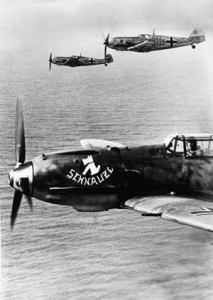
Broch’s impressive tally was, in fact, not uncommon for German pilots in WWII, especially on the Eastern Front. Broch is surpassed by 155 other Luftwaffe fighter pilots. The highest German ace of the war, Erich Hartmann is credited with 352 kills. He served with JG 52 on the Eastern Front.
Could Broch Have Encountered a Supermarine Spitfire on the Eastern Front?
While the Spitfire did its lion’s share of work on the Western Front, the aircraft saw service around the world during the war, including with the Soviet Air Force. 1,200 Spitfires of numerous variants were donated to the Soviet Union, however they were withdrawn from service nearly as quickly as they were introduced.
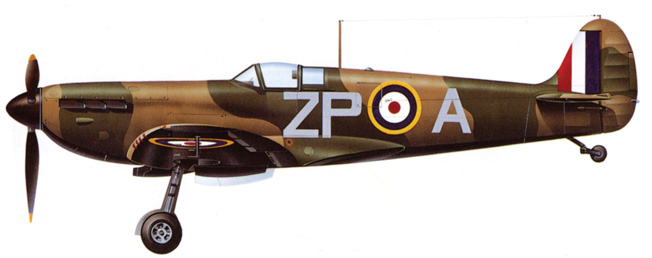
The Spitfire entered active duty with the Soviet Air Force in April 1943. It was soon discovered that the Spitifire, which Stalin had requested from the British in name, was wholly incompatible with the doctrine of the Soviet Air Force. Landing on rough Russian dirt runways exposed the Spitfire’s structural weaknesses. Soviet pilots were also unaccustomed to the aircraft’s wing-mounted guns, as opposed to the fuselage-mounted guns of most Soviet fighters. Most importantly, the Spitfire’s silhouette was often mistaken for that of the Messerschmitt Bf. 109 by pilots and anti-aircraft gunners. As a result, numerous Soviet Spitfire pilots fell victim to the fire of friendly guns. By June 1943, the Spitfire was largely phased out of Soviet combat duty.
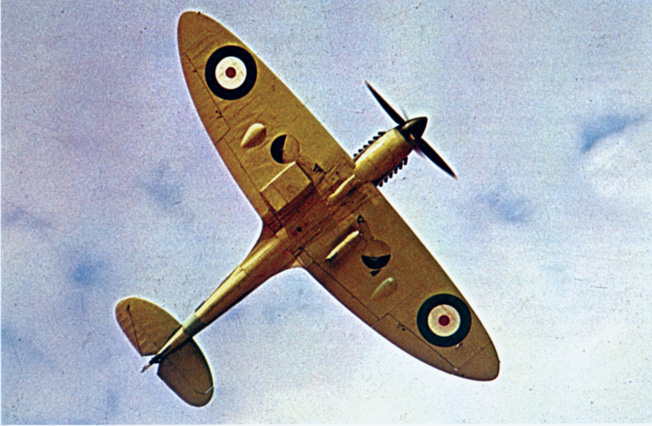
Consequently, Broch likely never spotted the Supermarine Spitfire on his missions on the Eastern Front. However he was likely aware of the wide renown the British fighter had gained as a thorn in the side of the Luftwaffe over the skies of Britain.
The Spitfire’s reputation within the Luftwaffe is perhaps best illustrated by a quip made by Gruppenkommandeur Adolf Galland to Field Marshal Hermann Göring. On a visit to the Jäger squadrons in France at the height of the Battle of Britain, Göring asked his Jäger officers what he could do for them. Adolf Galland gave a biting answer: “I should like an outfit of Spitfires for my Jägdgeschwader.”
What Does Hugo Broch Think About the Spitfire?
After flying high over Britain in the Spitfire, Broch heaped praise on his former adversary’s formidable fighter plane: “The Spitfire was greatly respected. With these machines you have a feeling of being free, and being able to do what you want.”
“The Spitfire is a good machine, wonderful, he’s a good pilot and I have again experienced what flying is and how beautiful flying is.”
Photo Credit: Wikipedia
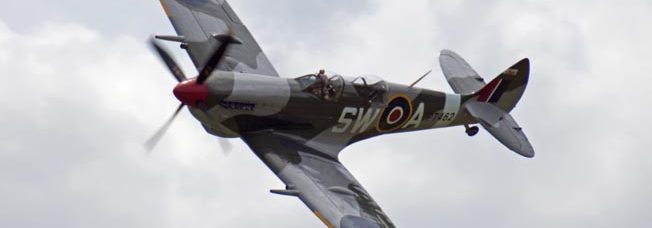
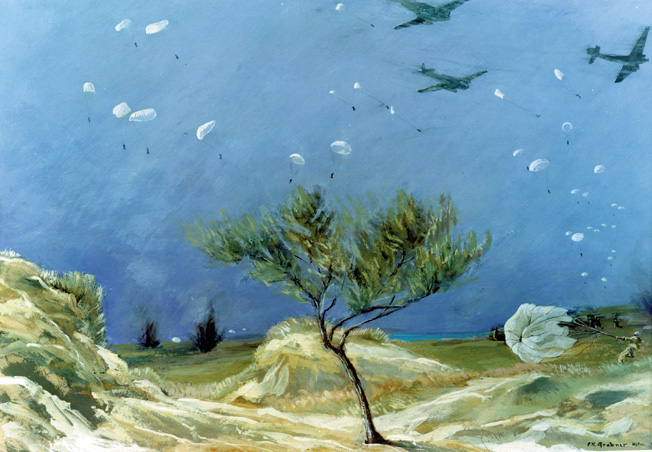
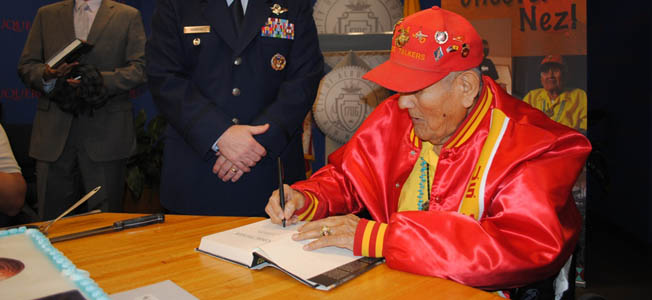
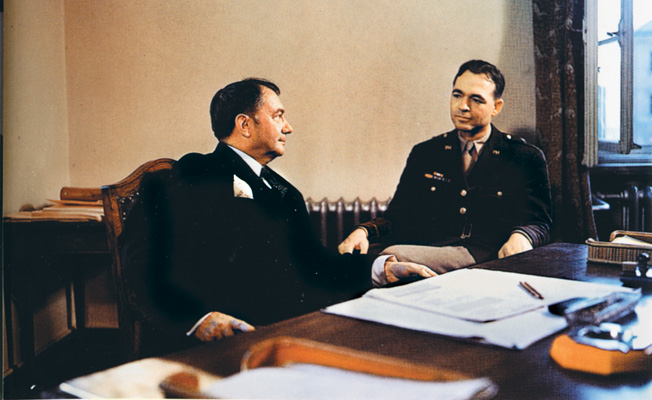
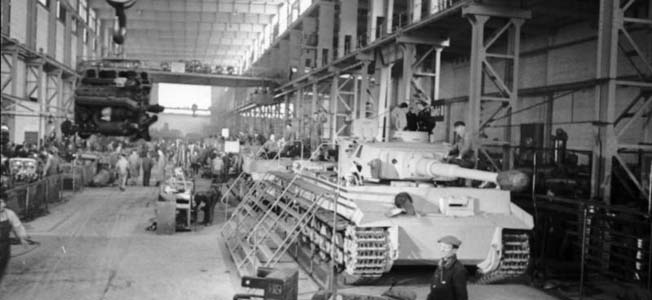
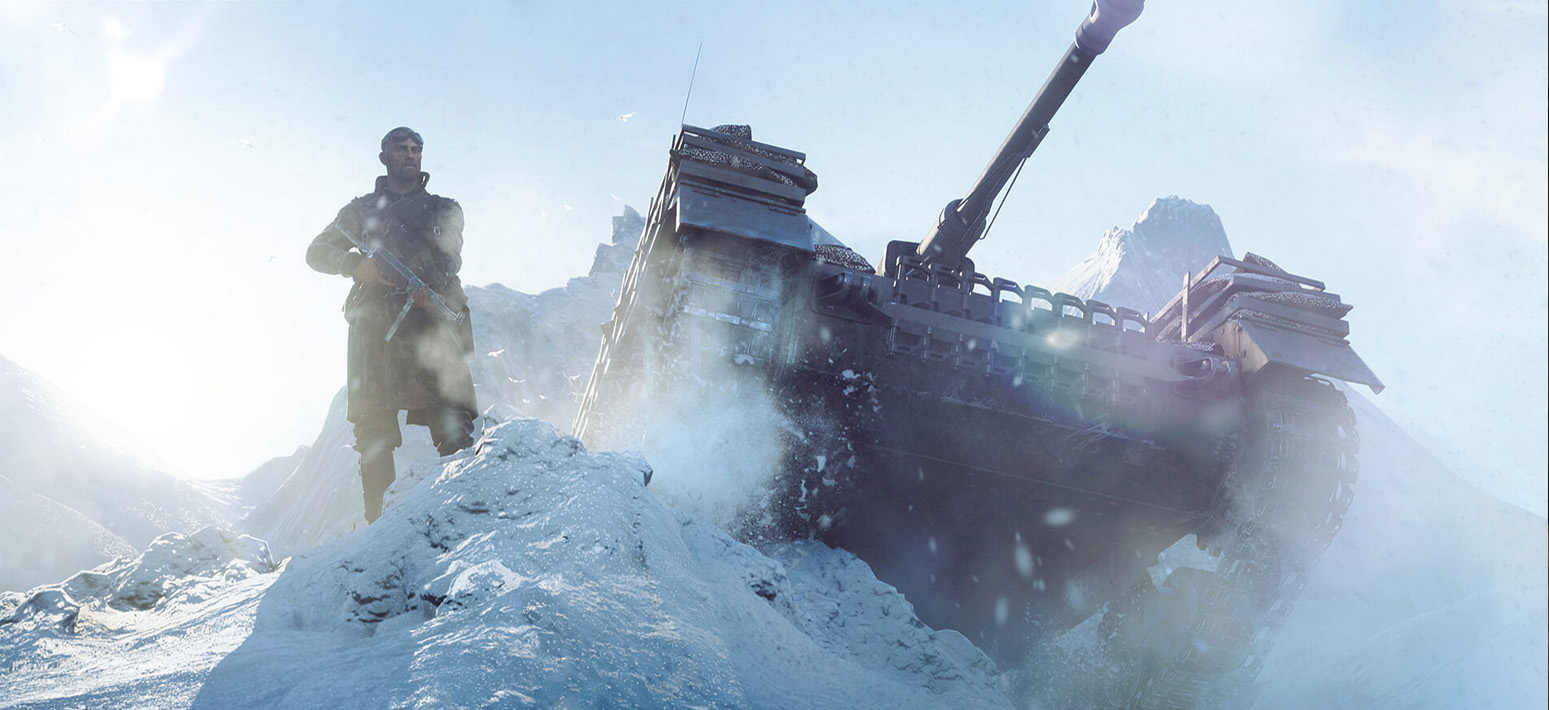
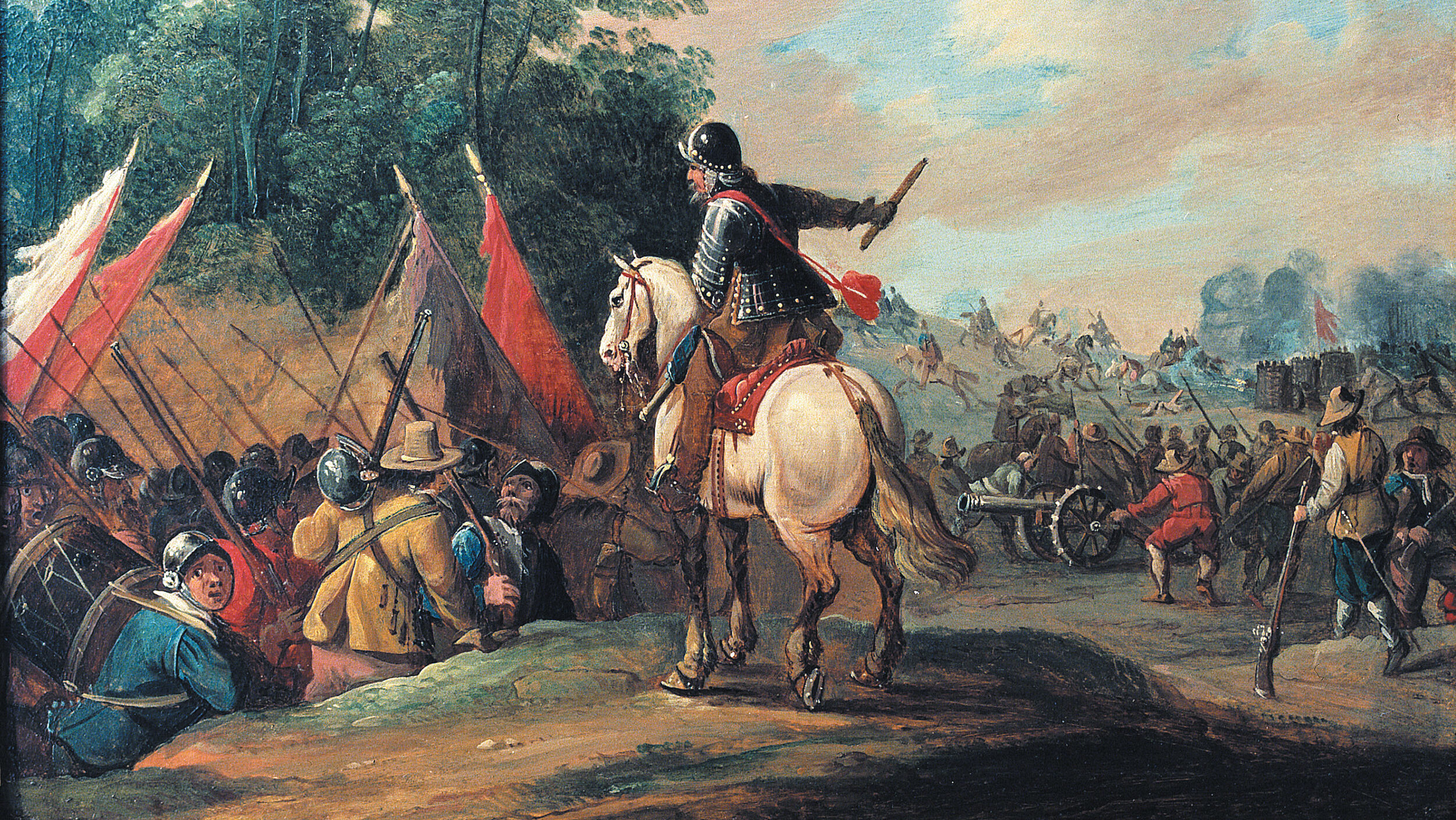
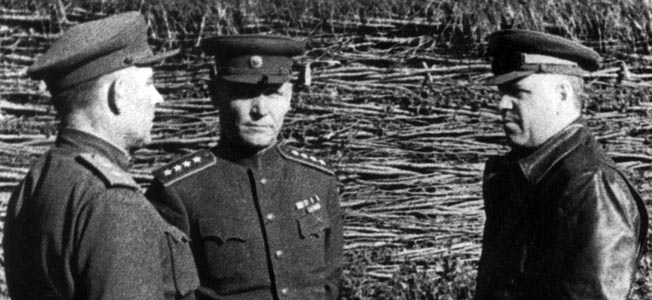

Good article about fighter aircraft inww11
Excellent job on fighter’s in ww11
why await moderation?